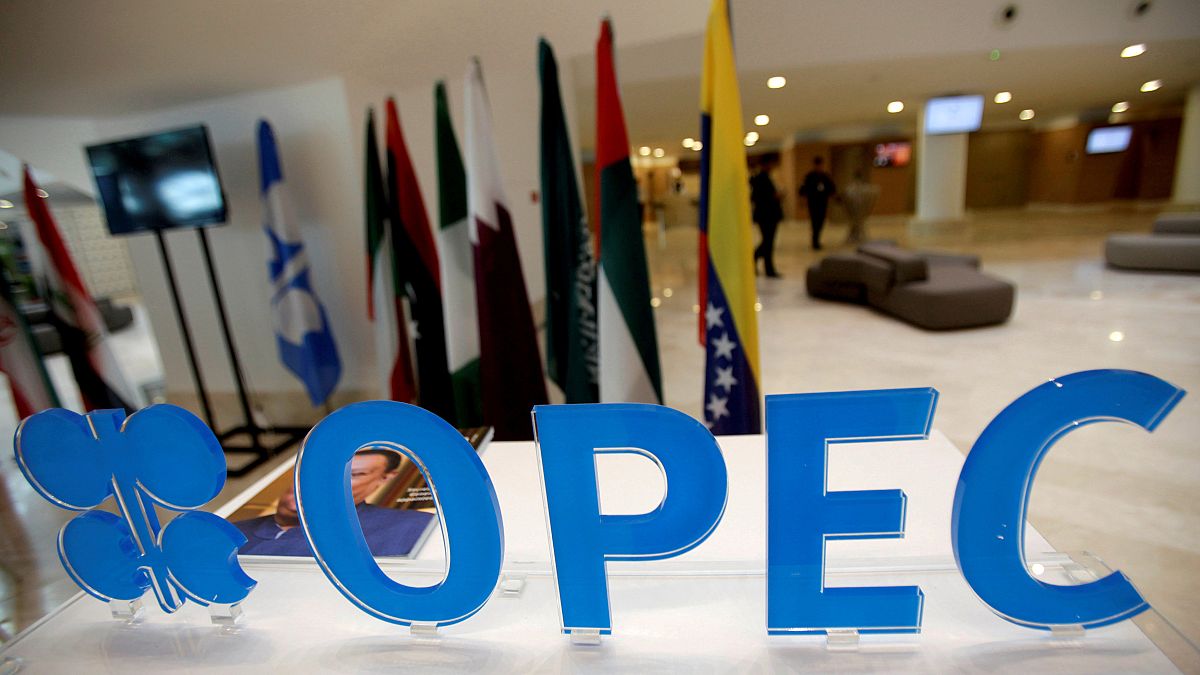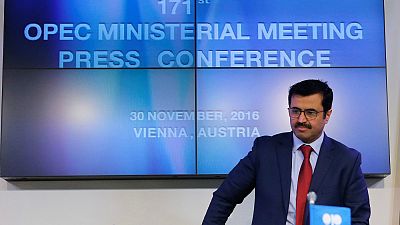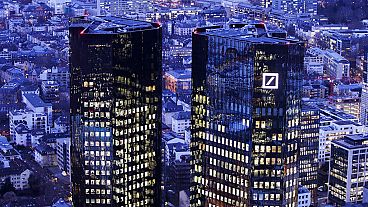Oil hit an 18-month high after OPEC and some of its rivals agreed to jointly reduce output to try to tackle global oversupply and boost prices.
Oil prices jumped to their highest in almost a year and a half on Monday after Saudi Arabia said it may cut its output even more than it had suggested at last week’s OPEC meeting.
That added to the boost from the weekend agreement by producers from outside OPEC, including Russia, to pump less next year.
#SaudiArabia | Khalid al-Falih saturday: KSA will be cutting “substantially” BELOW the 10.06mbd cap established Nov 30 in Vienna. BBG. #OOTTpic.twitter.com/bpT1i6qo4l
— Lee Saks (@Lee_Saks) December 10, 2016
But industry watchers remain cautious. Chris Beauchamp, Senior Analyst with IG said: “It could mark a sea change in the oil market going into 2017. It’s definitely one to watch I think. But as ever with these OPEC and non-OPEC nations, the proof of the pudding is in the eating, so let’s not get our party hats on too soon.”
I'm on the sceptical camp: #OPEC has to prove it. But also note it has delivered in big #oil cuts: 3m-5m barrels in 1999, 2001, 2008 #OOTTpic.twitter.com/E2cITJH6GO
— Javier Blas (@JavierBlas2) December 12, 2016
At a meeting on Saturday, 11 non-OPEC countries pledged to reduce output by 558,000 barrels per day (bpd) next year – with Russia responsible for more than half of that cut. Major producers including the US, China, Canada and Brazil were not included.
The unprecedented deal is supposed to reduce the glut of crude which has been depressing prices, and indeed on Monday oil was 50 percent higher than at this time last year.
But analysts point out it will only stay up if all parties follow through on their promises and they have a long history of not doing that.
In addition higher prices will encourage shale oil companies in the US and Canada to produce more.
What has been promised
After nearly a year of wrangling, the Organisation of the Petroleum Exporting Countries agreed on November 30 to cut output by 1.2 million bpd for six months from Jan. 1, with top exporter Saudi Arabia cutting around 486,000 bpd.
On November 10, producers from outside OPEC, led by Russia, agreed to reduce voluntarily output by 558,000 bpd, short of the target of 600,000 bpd but still the largest contribution by non-OPEC ever. Up to 300,000 bpd of that will come from Russia.
MS: Non-OPEC participation adds to bullish #Oil Sentiment. #Russia named to monitoring committee increasing the probability of compliance. pic.twitter.com/frQYYnTY1u
— Holger Zschaepitz (@Schuldensuehner) December 12, 2016
Even if #OPEC and #Russia cut, world crude #oil supply will exceed demand by more than 200 million barrels next year, says JBC #Energy#OOTTpic.twitter.com/iNXMZxSogN
— Christopher Johnson (@chris1reuters) December 7, 2016



